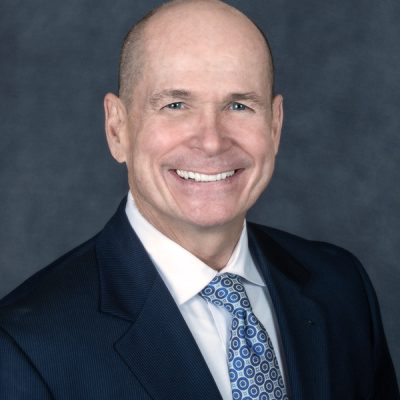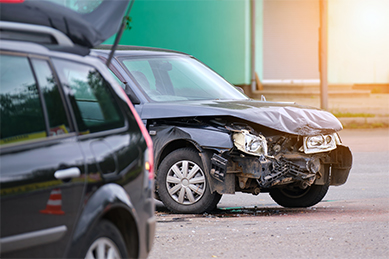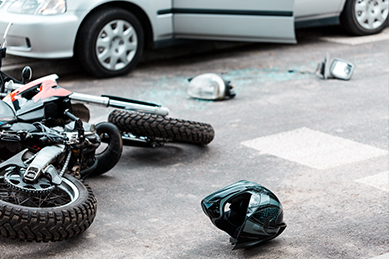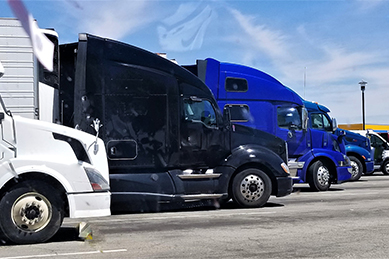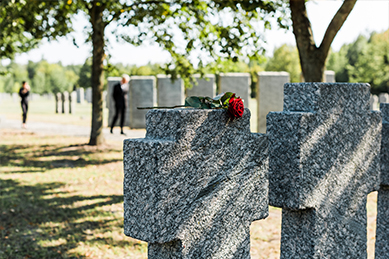Construction is one of the most dangerous professions in the world due to both inherent on-the-job dangers and worksite negligence. Based on data from the Occupational Safety and Health Administration (OSHA), about 10% of all construction workers will suffer an onsite injury each year. This amount totals to more than 150,000 injuries and deaths on construction sites annually.
OSHA Fatal Four of Construction Accidents
What makes the rate of construction accidents even more alarming is that the majority of them involve only one of four types of jobsite hazards. OSHA has taken to calling these hazards the Fatal Four. While the name is grim, it helps reinforce the truth that these hazards must be taken seriously, and construction crews and companies must take steps to mitigate them.
Hazard #1 – Falls from Heights
Falls and fall-related accidents account are the most common fatal accidents in the construction industry. Nearly 40% of all construction deaths in 2016 resulted from falls, according to OSHA.
Fall-from-height risks are increased when:
- Working from heights.
- Using a ladder improperly.
- Climbing unstable scaffolding.
- Working around holes in the floor.
Preventing fall-related accidents demands a constant focus on safety, as well as the use of personal fall-arrest safety equipment and harnesses, the installation and maintenance of perimeter protection (i.e. guardrails), and covering or blocking openings and holes in the floor. Inspecting ladders and scaffolding each time before climbing them is also a must.
Hazard #2 – Struck-By Object Accidents
Struck-by object accidents often involve:
- Falling objects, including falling tools, equipment, or debris.
- Vehicle accidents, including car and truck accidents.
- Heavy equipment and moving cranes.
- Forklift accidents.
- Rolling objects or equipment.
According to OSHA, struck-by-object accidents account for roughly 10% of fatalities in construction each year. Preventing struck-by hazards requires workers to be vigilant of their surroundings (i.e. not positioning themselves between fixed and moving objects), the use of high-visibility vests or clothing near dangerous equipment, and the proper use of construction vehicles, among other preventative measures taken by both workers and employers. Hardhats are also crucial for preventing serious head injuries that can be suffered when a worker is hit by a falling object.
Hazard #3 – Caught-In/Between Accidents
OSHA reports that caught-in or caught-between object accidents are the third leading cause of fatalities in the construction industry.
A caught-in/between accident involves a worker who is:
- Caught between moving and fixed equipment.
- Caught inside running equipment or machinery.
- Caught in or between collapsing structures or materials.
- In a trench while it is being intentionally collapsed.
By protecting trenches and excavations through the use of shoring, sloping, benching, or trench shield systems, OSHA predicts that construction site workers, foremen, and supervisors can prevent the majority of caught-in/between accidents. Workers must also refuse to enter an unprotected excavation or trench without first being provided proper protection.
Hazard #4 – Electrical Faults & Electrocutions
Electrocution can be caused by:
- Direct or indirect exposure to electricity.
- Faulty wiring throughout a construction site.
- Defective electrical boxes or conduits.
- Using ungrounded power tools.
- Live wires being placed over wet ground.
- Powerlines struck by cranes.
OSHA advises workers to identify and locate utilities prior to work, be cautious of overhead powerlines when operating large equipment or vehicles, follow safe distance requirements, only use power tools that are grounded or double insulated, use ground-fault circuit interrupters, and be vigilant of potential hazards when using platforms, scaffolding, and ladders. Construction companies should also provide additional jobsite training for any crews that will be working near electrical sources.
Todd Miner Law®️: Representing Victims of Construction Accidents
Todd Miner Law®️ leverages decades of collective experience to fight for victims of construction accidents throughout Orlando and Central Florida in matters involving work injuries, workers’ compensation, and personal injury lawsuits filed against negligent and at-fault defendants. From crane, forklift, and industrial accidents to Fatal Four wrongful death claims, our legal team is here to fight for you. To learn more about your rights and legal options after a construction accident, or after you lost a loved one who was working on a construction site, contact us at 407-214-4743 right away.
CONTINUED READING
- The “Fatal Four” Construction Accidents
- What to Do After a Construction Accident
- Examining the Dangers of Construction Work
To learn more about your rights and options following a construction accident, contact us to speak with an Orlando injury lawyer.


